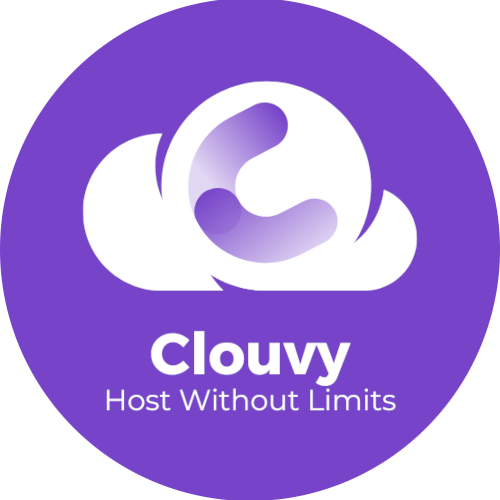Introduction
Web Disk (also known as WebDAV) allows you to manage files in your hosting account remotely—upload, download, edit—as if they were on your local drive. Rather than relying on FTP or File Manager, you can mount your server directories in your computer’s file system. With Tublat hosting, you can access Web Disk via cPanel using desktop or third-party tools. This guide explains how to access Web Disk, connect from various operating systems, and tips to troubleshoot common issues.
What Is Web Disk (WebDAV) & Why Use It
-
Web Disk is cPanel’s implementation of the WebDAV protocol, which extends HTTP to allow file management over the web.
-
It lets you mount remote folders like local drives (Windows, macOS, Linux) to drag & drop files easily.
-
Offers a more integrated experience than FTP or File Manager, especially for frequent edits.
-
Useful for collaborators or clients who need limited access without full cPanel credentials.
How to Access Web Disk via cPanel
-
Log in to your Tublat cPanel
Use your domain’s cPanel link or via the Tublat dashboard. -
Navigate to “Web Disk”
In the cPanel interface, find Web Disk under the Files section. -
Configure Client Access
-
Click the Configure Client Access button next to the Web Disk account you want to use (main account or additional ones).
-
cPanel will show you connection instructions and a configuration script you can download for your operating system.
-
-
Use the connection info or script
-
For example, the URL format is often
https://yourdomain.com:2078/(SSL WebDAV port). -
Use the username and password of the Web Disk account. For additional Web Disk accounts, you may need to include the domain in the username (e.g.
user@domain.com). -
On supported systems, running the configuration script may automatically set up the connection for you.
-
-
Connect from various operating systems
-
Windows (10/11): Use “Add Network Location” or “Map Network Drive” in File Explorer. Enter the WebDAV address and credentials. (You may need to enable Digest Authentication or use SSL).
-
macOS: In Finder, go to Go → Connect to Server, enter the WebDAV URL (e.g.
https://yourdomain.com:2078), then enter credentials. -
Linux / Other clients: Use a WebDAV client (like Nautilus, Konqueror, or third-party apps) and the connection URL, username/password.
-
Tips, Best Practices & Troubleshooting
-
Enable Digest Authentication when using unencrypted connections, especially on Windows machines.
-
If your domain has a valid SSL certificate, use secure
https://on WebDAV port (2078) to avoid needing Digest mode. -
Make sure your firewall or local network allows outbound connections on the WebDAV port (often 2078).
-
If you download the configuration script but your system doesn’t auto-open it, manually open and run it after unzipping.
-
If you change Web Disk user names or domain associations, reenable Digest Authentication.
-
If the WebDAV mount fails, double-check URL syntax, credentials, and network settings.
-
On Windows, older OS versions (XP, Vista) may have issues with WebDAV connections over SSL or require patches.
Why This Is Important for Tublat Users
For Tublat customers, having access to cPanel Web Disk means you can seamlessly manage your website files from your desktop or device—no need to log into cPanel or FTP each time. You and your collaborators can upload, edit, or delete files in a familiar environment (Explorer, Finder, etc.). This improves productivity, streamlines your workflow, and protects your primary credentials, since you can use distinct Web Disk accounts for different tasks or users. With this guide, you can connect securely and confidently from multiple platforms, ensuring your file management is efficient and reliable.










